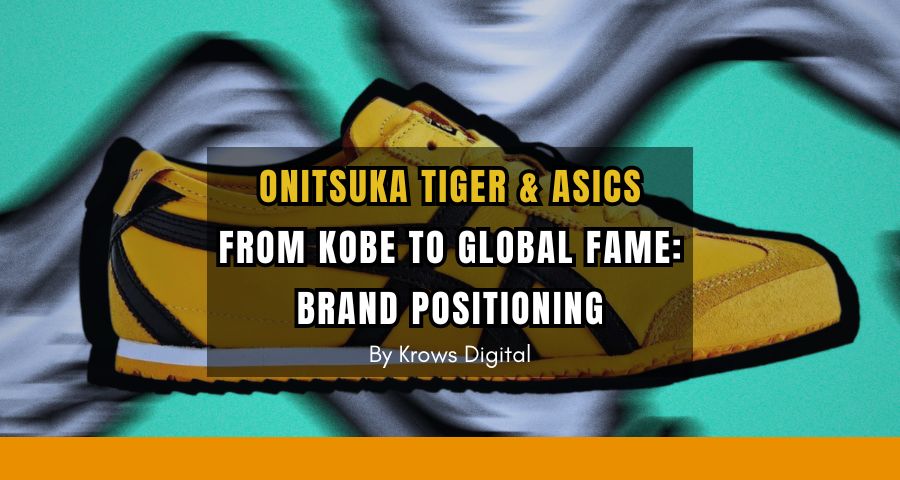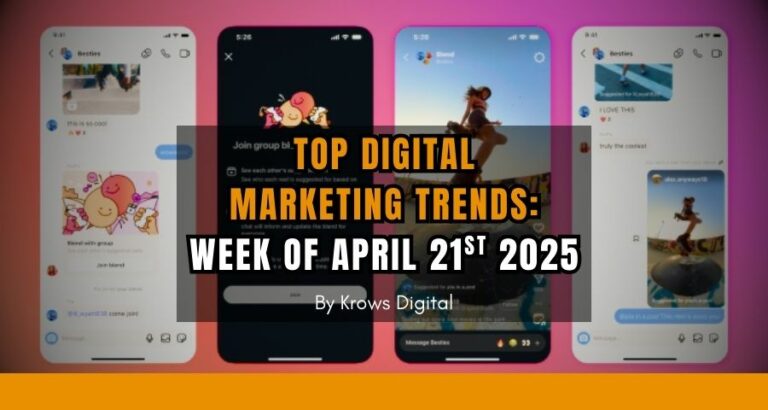When you think of athletic footwear and global style, it’s hard not to think of Onitsuka Tiger and ASICS. These brands have made their mark not only in Japan but also around the world, standing out as much for their legacy of performance as for their eye-catching designs. What’s especially inspiring is how these companies, which started with modest beginnings in post-war Japan, managed to grow into global powerhouses in the competitive world of athletic and lifestyle footwear.

This journey holds many lessons for small and medium enterprises (SMEs) looking to build their brand, stand out in crowded markets, and expand internationally. In this article, we’ll explore how Onitsuka Tiger and ASICS went from local shoemakers to global brands, breaking down key marketing strategies and business decisions that other businesses can learn from.

From Humble Beginnings: The Birth of Onitsuka Tiger
Let’s go back to 1949, the year Kihachiro Onitsuka founded Onitsuka Tiger in Kobe, Japan. It was just a few years after World War II, and Japan was in the process of rebuilding. Onitsuka wanted to do his part by promoting health and well-being, especially among young people, through sports. So, he decided to start making athletic shoes.

The first shoes he produced were for basketball, but they didn’t do well at first. Rather than give up, Onitsuka innovated, inspired by the suction of an octopus’s tentacle to create a more effective grip for athletes. That design became a hit and laid the groundwork for the brand’s reputation for performance-driven products.
The key takeaway for SMEs here? Early failures aren’t the end. In fact, they’re often just the beginning of a journey toward refinement and improvement. Persistence, combined with innovation, can turn even the roughest start into a foundation for success.
The Rebirth of ASICS: Global Vision, Local Heart
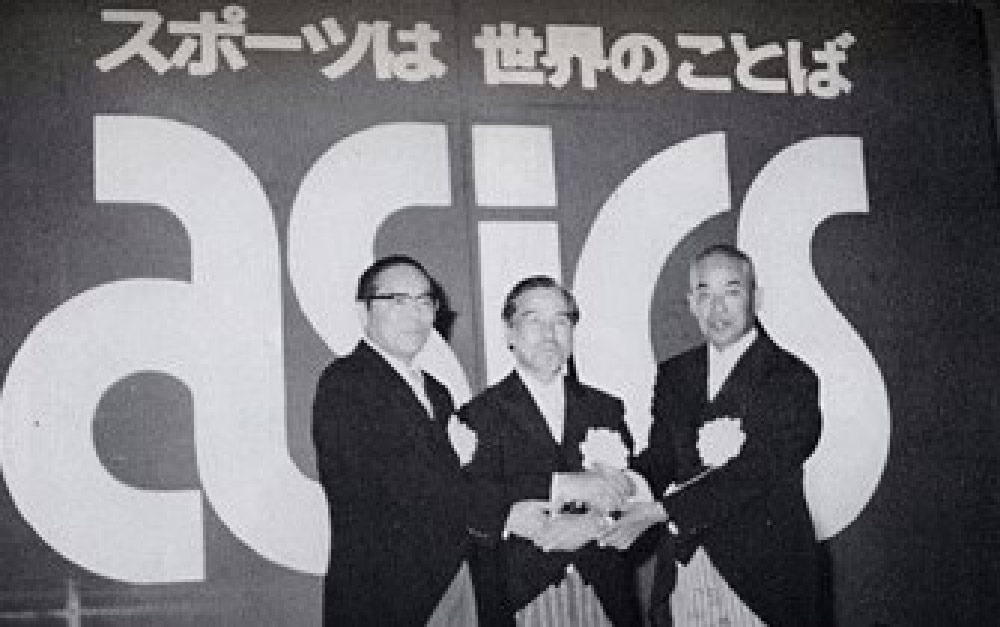
Fast forward to 1977, and Onitsuka Tiger underwent a rebranding, transforming into ASICS, an acronym for the Latin phrase Anima Sana In Corpore Sano — "A Sound Mind in a Sound Body." With this change came a stronger focus on athletic performance, driven by a clear mission: to create high-quality shoes that promote both physical and mental well-being.
ASICS took their product research seriously. They didn’t just want to make shoes that looked good; they wanted to make shoes that worked for athletes. This emphasis on performance helped ASICS stand out as it expanded internationally. Collaborating with professional athletes and conducting in-depth studies on human motion and biomechanics gave them a strong edge over competitors. ASICS shoes became known for their comfort, durability, and technical advancements.
For SMEs, this is a great lesson in focusing on what you do best. Instead of trying to be everything to everyone, ASICS zeroed in on creating the best performance footwear. Their commitment to quality helped them build trust with athletes and fitness enthusiasts, proving that being the best at one thing can often be better than spreading yourself too thin.
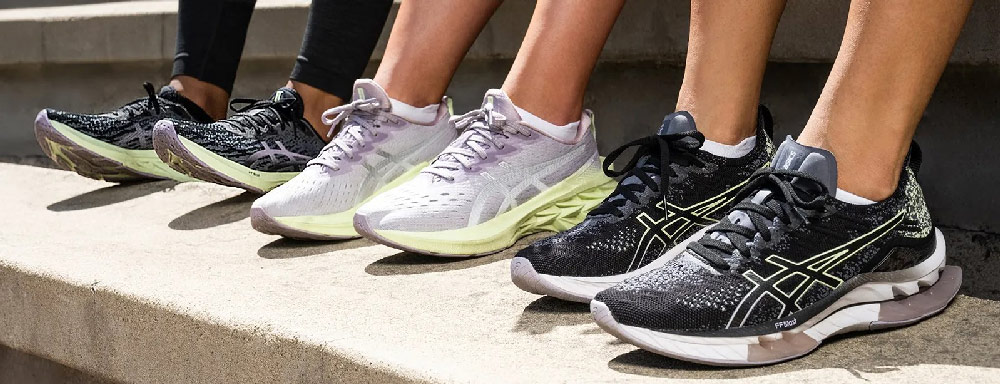
Innovation as a Growth Driver
What really set ASICS apart in the competitive footwear industry was its dedication to innovation. They didn’t just create shoes—they engineered them. ASICS became a leader in athletic footwear technology by focusing on cushioning, stability, and comfort. Their Gel cushioning technology, which offers enhanced shock absorption, and the introduction of lightweight FlyteFoam were two game-changers that kept them ahead of the curve.
Investing in research and development allowed ASICS to push the boundaries of what athletic shoes could do, and this innovation became central to their marketing message. They weren’t just selling shoes; they were selling advanced footwear that could help athletes perform better.
For SMEs, this highlights the value of innovation. Whether you’re developing new products, improving customer service, or refining internal processes, staying innovative keeps you competitive. It’s not always about reinventing the wheel but finding ways to do things better or differently than others in your industry.
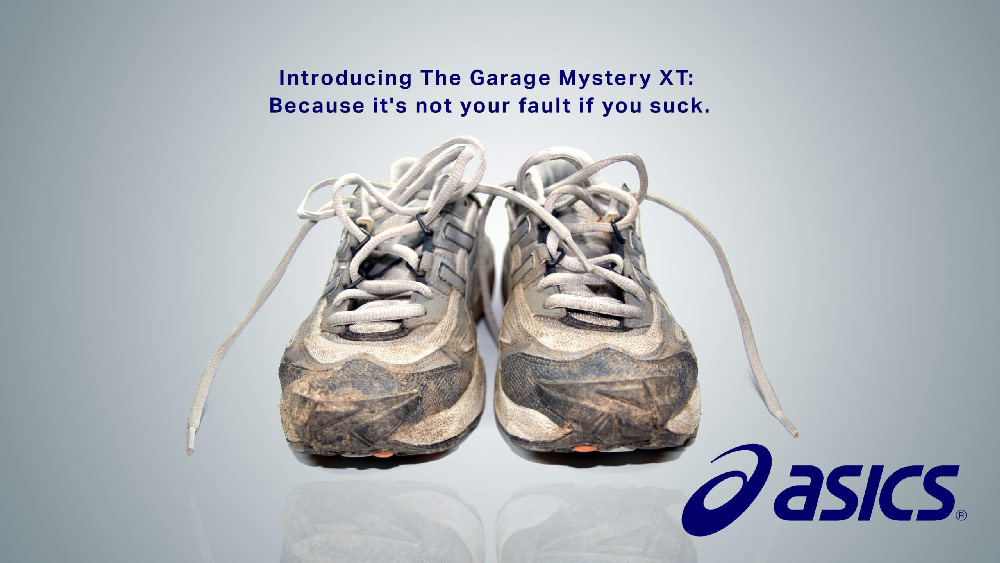
Marketing Lessons from Onitsuka Tiger and ASICS
The path of Onitsuka Tiger and ASICS offers plenty of actionable marketing insights for small and medium-sized businesses. Here are some of the standout lessons:
1. Start with Purpose and Passion
Kihachiro Onitsuka didn’t start his company because he wanted to make a quick profit. He genuinely wanted to help people—especially the youth of Japan—become healthier and more active through sports. That sense of purpose gave Onitsuka Tiger and later ASICS a mission that consumers could connect with.
For SMEs, having a clear purpose behind your business can help you create a strong brand identity. Customers are more likely to support brands that stand for something, whether it’s promoting sustainability, championing local craftsmanship, or developing products that improve their lives. Purpose-driven brands can build deeper emotional connections with their audience, which often translates to customer loyalty.
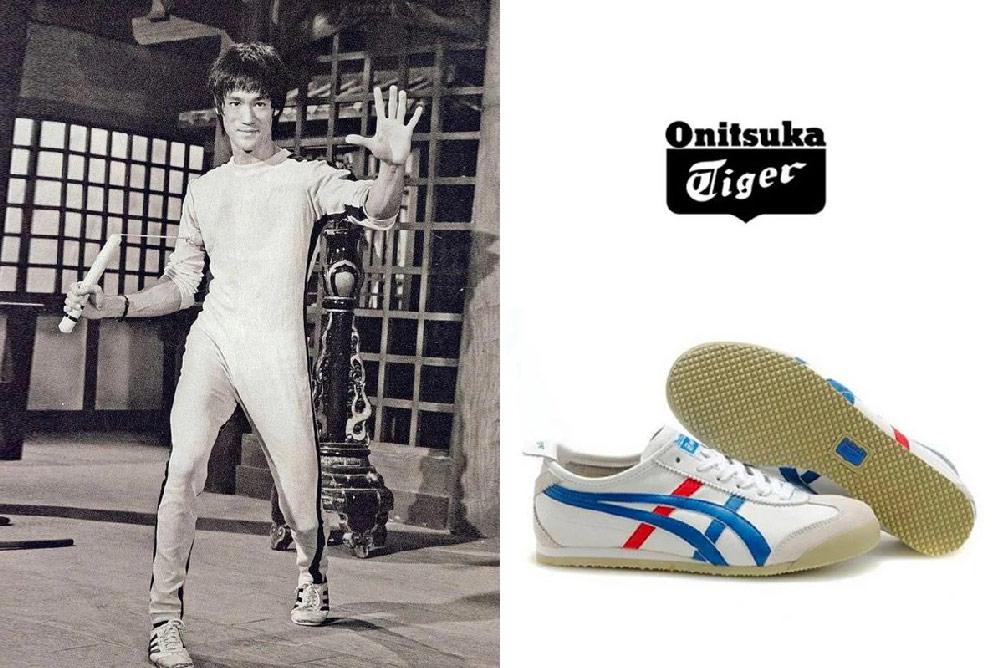
2. Use Your Story to Build Your Brand
One thing Onitsuka Tiger did exceptionally well was to turn its heritage into a key part of its brand. Even after ASICS became a global athletic brand, Onitsuka Tiger shoes remained a nod to the company’s roots, blending vintage design with modern functionality. The brand's resurgence in the early 2000s, thanks to its retro appeal, is a perfect example of how storytelling can play a powerful role in marketing.
SMEs should never underestimate the power of a compelling backstory. Sharing the story of why your company started, how it has evolved, or what makes your products unique can set you apart from competitors. Storytelling makes your brand relatable and helps customers feel more connected to your journey.
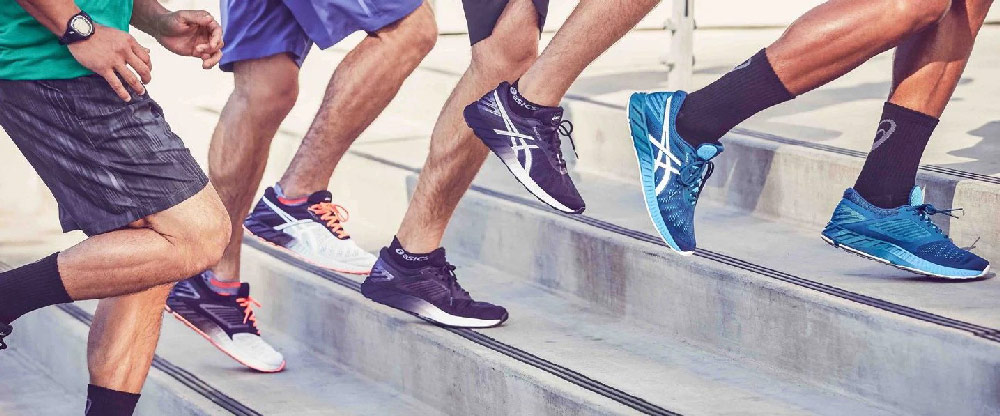
3. Innovation Drives Growth
Innovation was at the core of ASICS' growth. While other brands were busy focusing on flashy designs and marketing, ASICS put serious effort into research and development. Their goal? To make shoes that actually helped athletes perform better. This commitment to innovation didn’t just build trust with professional athletes; it created a loyal customer base among serious runners and sports enthusiasts.
For SMEs, investing in innovation doesn’t necessarily mean pouring huge amounts of money into R&D. It could be about finding a unique way to solve a customer pain point or streamlining your services to offer a better experience. Even small improvements can differentiate your business and keep your offerings fresh and relevant.
4. Focus on Niche Markets
ASICS didn’t try to be a jack-of-all-trades. Instead, they chose to dominate a niche: performance running shoes. By understanding the specific needs of runners, they could create products that resonated deeply with their target audience. Their focus on this niche market paid off, allowing them to become a global leader in athletic footwear.
SMEs can benefit greatly by focusing on a niche market rather than trying to appeal to everyone. Specializing in a specific area allows you to become an expert in that field, build a loyal customer base, and reduce direct competition. The more you know about your niche, the better you can tailor your products and services to meet the needs of your audience.
5. Strategic Collaborations and Influencers
In the early days, Onitsuka Tiger and ASICS worked closely with athletes to develop and refine their products. These athletes helped the company test new innovations and provided authentic endorsements that resonated with consumers. This collaborative approach helped ASICS gain credibility in the sports world.
For SMEs, collaborating with influencers, whether they’re athletes, industry experts, or popular social media personalities, can be a powerful marketing strategy. Authentic endorsements from people your target audience respects can boost your credibility and increase brand awareness. It’s important to choose collaborators who align with your brand’s values to ensure their endorsements feel genuine.

6. Be Ready to Adapt to Trends
Onitsuka Tiger’s revival as a fashion-forward brand is a great example of how staying flexible and adaptable to trends can pay off. When Quentin Tarantino’s "Kill Bill" featured Uma Thurman in a pair of yellow Onitsuka Tigers, the brand suddenly became a global fashion sensation. The company didn’t let this opportunity pass and quickly repositioned itself as a stylish retro brand while still maintaining its sports heritage.
The lesson here is simple: keep an eye on cultural trends and be ready to pivot when opportunities arise. Timing is everything in marketing, and being able to capitalize on trends can give your brand a significant boost in visibility and relevance.


Branding: A Tale of Two Identities
One of the unique aspects of the Onitsuka Tiger and ASICS story is how the two brands managed to coexist and complement each other. Onitsuka Tiger embraced its roots in retro fashion, becoming a favorite among fashion enthusiasts, while ASICS stuck to its core focus on performance footwear.
This dual-brand strategy allowed the company to target different markets without diluting its overall brand message. ASICS became the go-to brand for athletes, while Onitsuka Tiger appealed to fashion-forward consumers looking for iconic, vintage-inspired footwear.
For SMEs, it’s important to think about how your brand can appeal to different segments of your audience without losing its core identity. Whether you choose to develop sub-brands or simply market your products differently to various demographics, consistency in brand messaging is key.
ASICS’ Global Marketing Strategies
ASICS’ rise to global prominence wasn’t just about great products—it was also about smart marketing. In the U.S., the company positioned itself as a serious competitor to brands like Nike and Adidas by sponsoring marathons, partnering with athletes, and focusing on grassroots marketing. In Europe, they leaned into the fashion world with Onitsuka Tiger, capitalizing on the growing trend of “athleisure.”
ASICS understood that different markets require different approaches, but they always stayed true to their brand’s core values: performance, innovation, and quality.
For SMEs looking to expand internationally, this is an important lesson. It’s not about using the same marketing strategies everywhere; it’s about tailoring your message to fit the unique preferences and cultures of each market. At the same time, maintaining consistency in your brand values helps build a strong, unified identity.

Conclusion
The stories of Onitsuka Tiger and ASICS offer a blueprint for small and medium-sized businesses looking to achieve global success. Their journey from local players to internationally recognized brands shows that success doesn’t come overnight. It requires a mix of purpose, innovation, persistence, and a keen understanding of both your customers and your market.
By focusing on what you do best, staying innovative, and never losing sight of your brand’s core mission, any business—no matter how small—can grow into something much larger. The marketing lessons from ASICS and Onitsuka Tiger are timeless and can serve as inspiration for any entrepreneur ready to take their business to the next level.
Time for you to elevate your brand like Onitsuka Tiger did! If you are ready, let's talk, Krows Digital can help you. You can also look at our other Branding and Marketing articles available for free!


